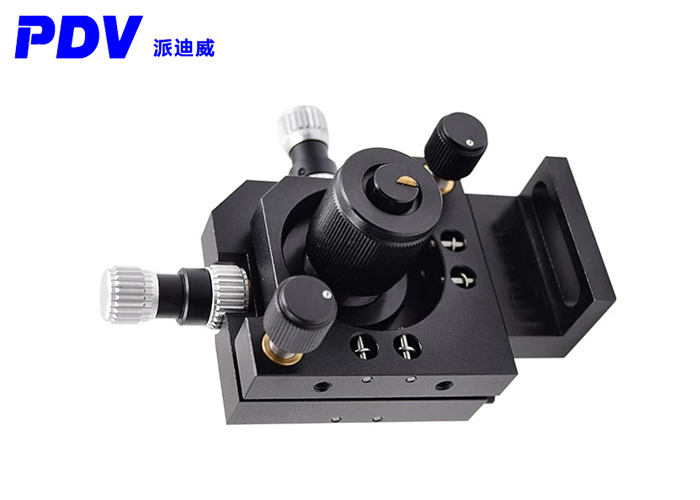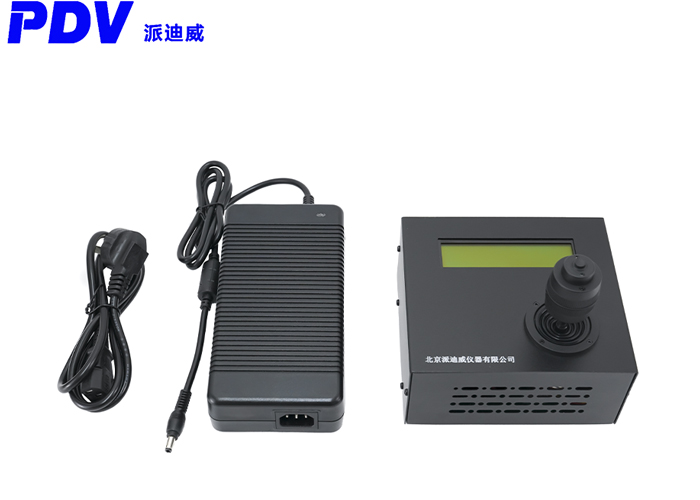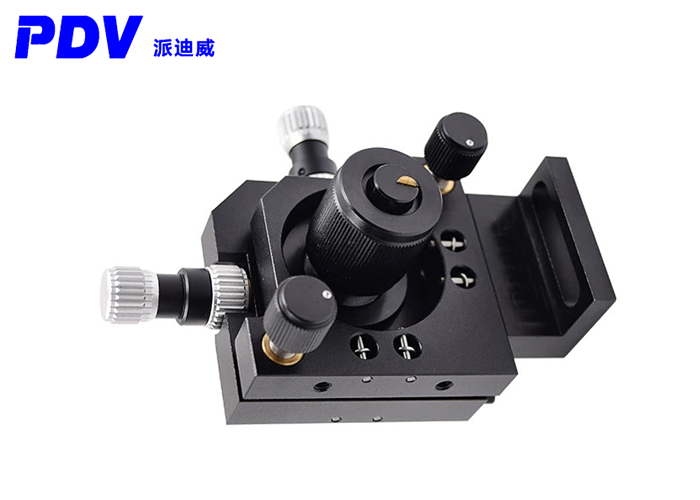The 3D optical adjustment frame is a tool for accurate positioning and movement of objects. It usually consists of a base and support arms that can adjust height, Angle and direction. The arm can be rotated 360 degrees and can be moved up and down, left and right, back and forth, enabling it to adapt to various positioning and mobility needs.
The main function of the 3D optical adjustment frame is to accurately adjust the distance and Angle of the optical components placed on the adjustment frame, so it is widely used in optical experiments, photoelectric instruments and optical components fixed and adjusted. In applications such as spectral measurement, the optical adjustment frame can be used in conjunction with accessories such as reflective probes or fiber optic jumpers to achieve reflection and transmission measurement of the optical path. By adjusting the adjusting frame, the path, direction and focusing state of the optical path can be controlled to meet different measurement requirements.
What are the advantages of 3D optical adjustment frame?
3D optical adjustment frame has a wide range of applications in optical experiments, photoelectric instruments and industrial manufacturing, and its advantages and disadvantages are analyzed as follows:
Advantages:
High precision positioning: The 3D optical adjustment frame can achieve positioning accuracy at the micron or even nanometer level, providing a solid foundation for the accurate installation and adjustment of optical components.
Multi-dimensional adjustment: The adjustment frame can realize the adjustment of optical components in space through the cooperative work of multiple adjustment axes to meet the complex optical path layout needs.
Strong stability: Using advanced locking mechanism and vibration reduction technology, the three-dimensional optical adjustment frame can maintain stable performance during long-term use and reduce errors caused by environmental factors.
Easy to operate: the combination of humanized design concept and intelligent control technology makes the adjustment process more simple and intuitive, and reduces the threshold of use.
Cons:
High cost: Because the three-dimensional optical adjustment frame needs to achieve high precision and stability, its manufacturing materials and process requirements are relatively high, so the cost is relatively high.
Volume and weight: Some three-dimensional optical adjustment frames may be large and heavy due to complex structure and materials, which is not easy to carry and move.
Technical threshold: Although the operation is simple, the accurate use of 3D optical adjustment frame still requires a certain amount of professional knowledge and technology, and there are certain requirements for users.

Please note that the specific advantages and disadvantages may vary depending on the product model, brand, application field and other factors. When selecting and using the 3D optical adjustment frame, it is recommended to consider the actual needs, budget and use environment, and choose the appropriate product.













